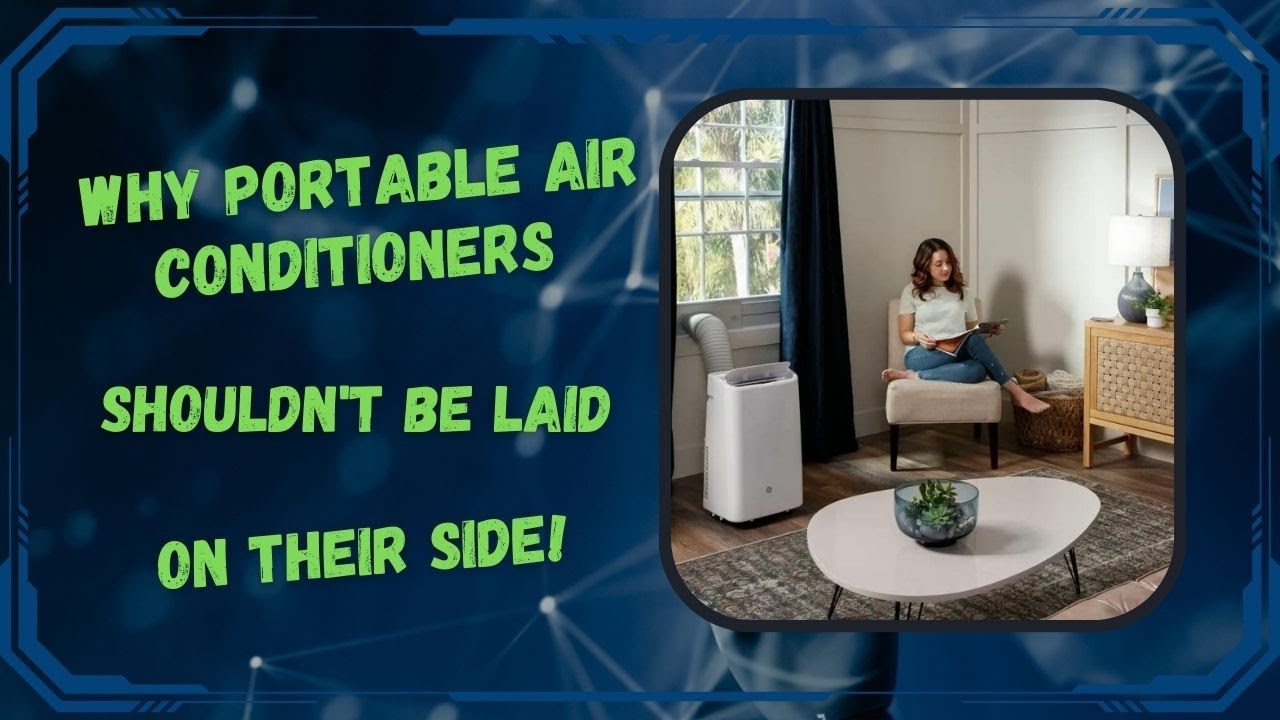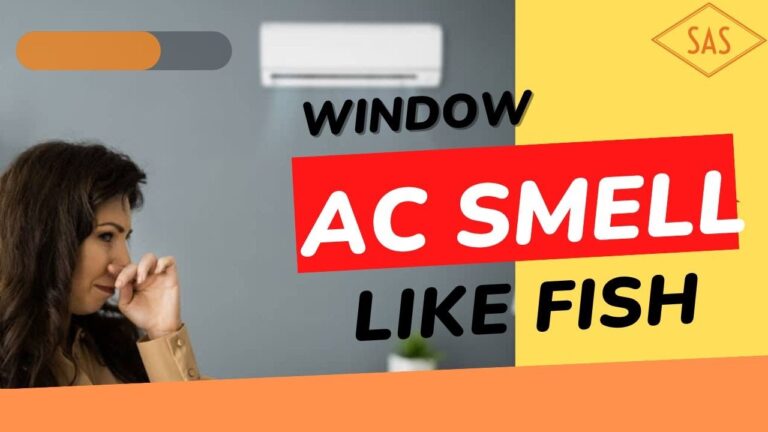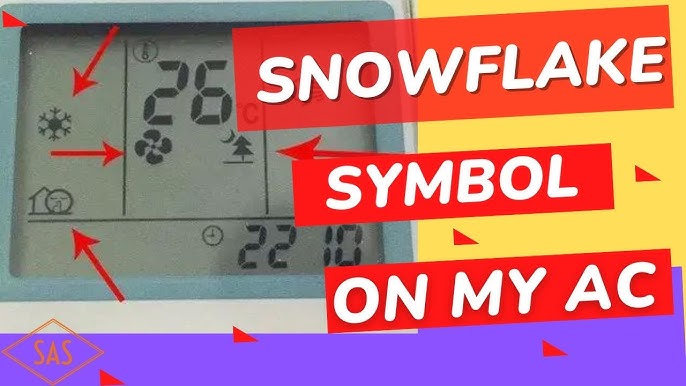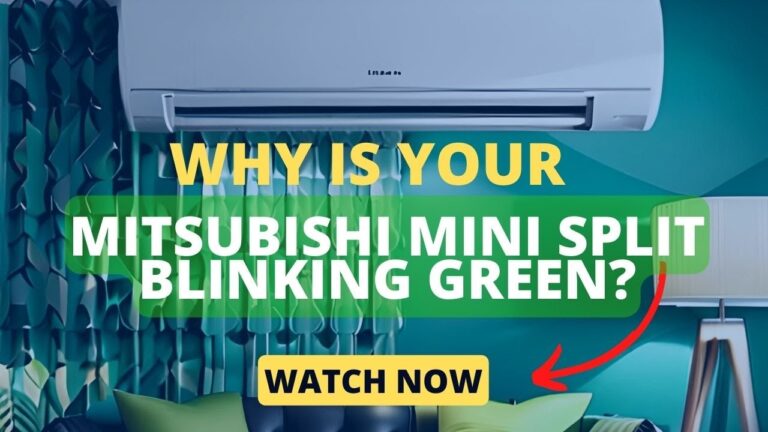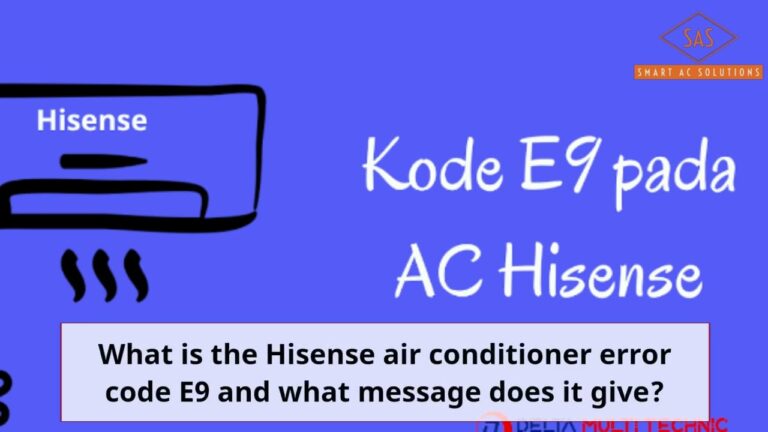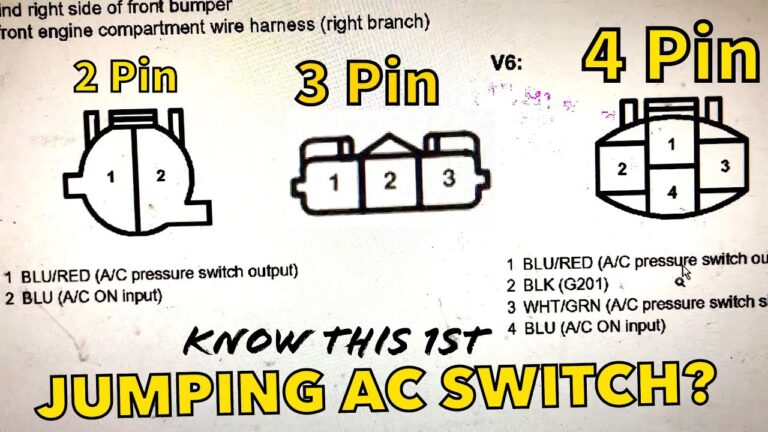Why Portable Air Conditioners Shouldn’t Be Laid on Their Side: Crucial Tips
Laying a portable air conditioner on its side can cause serious issues. It can affect performance and even damage the unit.
Portable air conditioners are great for cooling small spaces. They are easy to move and set up. But they have specific needs to function well. One key aspect is how you position them. Placing them on their side is a big no-no.
This can lead to internal damage and reduce efficiency. Air conditioners have components that need to stay upright. When tilted, these parts can malfunction. Understanding why this happens can help you avoid costly repairs and keep your unit running smoothly. This blog will explain the reasons and offer tips for proper usage. Let’s dive in to keep your air conditioner in top shape.
:strip_icc()/bhg-portable-air-conditioners-may-24-test-frigidaire-fhpc082ac1-room-brie-goldman-17-b8ac2c41a768405d83b3fe56cb29e484.jpeg)
Credit: www.bhg.com
Risks Of Side-laying Portable Acs
Portable air conditioners are great for cooling small spaces. But laying them on their side can cause issues. Learn about the risks involved and why it’s important to keep your unit upright.
Potential Damage
Placing a portable AC on its side can lead to internal damage. These units have components designed to work when upright:
- Compressor: The compressor oil may leak, causing the unit to fail.
- Refrigerant: Refrigerant may settle unevenly, leading to cooling issues.
- Water Drainage: Water may not drain properly, causing internal leaks.
These problems reduce the unit’s lifespan and efficiency. Always keep your portable AC in an upright position to avoid these issues.
Safety Hazards
Laying a portable AC on its side can create safety hazards. Here are some risks:
| Hazard | Description |
|---|---|
| Electrical Short | Oil or water can contact electrical parts, causing shorts. |
| Fire Risk | Short circuits can potentially start a fire. |
| Leaks | Water or refrigerant leaks can damage your home. |
These safety hazards can be severe. Keep your portable AC upright to ensure safe operation.

Credit: www.youtube.com
How Portable Acs Function
Understanding how portable air conditioners (ACs) function is crucial. This knowledge helps maintain and operate the device efficiently. Let’s delve into the basic components and the cooling mechanism of portable ACs.
Basic Components
Portable ACs consist of several key components:
- Compressor: Compresses and circulates refrigerant.
- Condenser: Releases heat absorbed from the room.
- Evaporator: Absorbs heat and cools the air.
- Fan: Distributes cool air into the room.
- Thermostat: Regulates the temperature.
These components work together to cool the air effectively.
Cooling Mechanism
Portable ACs use a simple cooling mechanism. The process involves several steps:
- Warm air from the room enters the unit.
- The evaporator absorbs heat from the air.
- The compressor circulates the refrigerant.
- Heat is released outside through the condenser.
- Cool air is blown back into the room by the fan.
This cycle repeats to maintain a cool environment. The positioning of the unit is essential. Laying it on its side disrupts the cycle. It can damage the compressor and other components. Always keep the unit upright to ensure optimal performance.
Impact On Compressor
Portable air conditioners are convenient and versatile. But they need careful handling. One key aspect is keeping the unit upright. Laying it on its side can harm the compressor. The compressor is a vital part of the air conditioner. Damage to it can lead to poor performance and costly repairs.
Oil Circulation Issues
The compressor relies on oil to function smoothly. When the unit is on its side, oil can shift away from the compressor. This makes it hard for the compressor to work properly. Without proper oil circulation, the compressor can overheat and fail.
| Issue | Impact |
|---|---|
| Oil Displacement | Leads to overheating |
| Poor Circulation | Causes compressor failure |
Compressor Wear And Tear
Keeping the unit upright ensures even wear on the compressor. When laid on its side, the stress on the compressor increases. This can lead to premature wear and tear. The compressor may start making noise or stop working altogether.
- Increased stress on components
- Premature wear and tear
- Potential for expensive repairs
Protect your portable air conditioner by keeping it upright. This simple step can save you from many issues. Ensure the compressor stays in good condition. Enjoy a cool and comfortable environment without worries.
Refrigerant Concerns
Portable air conditioners work by moving refrigerant through coils. This process absorbs heat and cools your space. Laying your unit on its side can disrupt this flow.
Leakage Risks
When a portable air conditioner is on its side, refrigerant can move unevenly. This may cause leaks. Refrigerant leaks harm the environment and reduce the unit’s efficiency. Repairing leaks can be costly and time-consuming.
Cooling Efficiency Loss
A unit on its side cannot cool properly. Refrigerant must flow smoothly for the unit to work well. If disrupted, the cooling effect weakens. This means your room stays warm.
Proper positioning ensures your air conditioner performs at its best. Keeping it upright is essential for efficient cooling.
Preventing Malfunctions
Portable air conditioners are convenient, but they need proper care. Laying them on their side can cause serious problems. This section explains how to prevent malfunctions by handling and storing your unit correctly.
Proper Handling
Always keep your portable air conditioner upright. The internal components are designed to work in this position. If you lay it on its side, the refrigerant can move incorrectly. This can damage the compressor, which is crucial for cooling.
Ensure the air conditioner is stable when moving it. Use the handles and wheels provided. Moving it roughly can cause internal parts to shift, leading to malfunctions. Follow the manufacturer’s instructions for safe handling.
Correct Storage
Store your portable air conditioner in an upright position. This ensures the refrigerant and oils remain in their proper places. If stored on its side, these fluids can shift and cause damage when you use it again.
Keep the unit in a cool, dry place. Avoid areas with high humidity or dust. Cover it with a protective cloth to keep it clean. Proper storage extends the life of your air conditioner and prevents costly repairs.
Transporting Portable Acs
Transporting portable air conditioners requires care to ensure they function well. Handling them incorrectly can cause damage. Below, we will discuss the right way to transport portable ACs.
Upright Transportation
Always keep the portable AC upright. This position helps the internal parts stay intact. Portable ACs have refrigerant inside. Laying them on their side can cause the refrigerant to shift. This can damage the unit.
If the unit tilts, let it stand upright for a few hours before use. This helps the refrigerant settle back into place. Ensure the AC is stable during transport. Use straps or ropes if needed.
Securing During Moves
Secure the portable AC to prevent movement. Use padding around the unit. This protects it from bumps and falls. Ensure the transport vehicle is stable. Avoid rough roads if possible.
Check the AC for loose parts before moving. Tighten any screws or bolts. This ensures all parts stay secure. Double-check the AC after transport. Look for any signs of damage before use.
Signs Of Improper Handling
Improper handling of portable air conditioners can lead to various problems. Recognizing the signs of mishandling early can prevent bigger issues. Here are some key indicators that your air conditioner has been handled incorrectly.
Unusual Noises
If your portable air conditioner starts making strange sounds, it could be a sign of improper handling. These noises may include rattling, buzzing, or hissing. Such sounds often indicate internal components have shifted. This shift can occur if the unit has been laid on its side. The compressor, in particular, is sensitive to position changes. When it moves, it can lead to unwanted noises. These sounds are not just annoying. They also indicate potential damage to the unit.
Reduced Performance
A portable air conditioner should efficiently cool your space. If it struggles to do so, there may be an issue. Laying the unit on its side can cause this problem. When the internal components are not upright, they cannot function optimally. You might notice the room taking longer to cool down. Or the air may not be as cold as expected. These performance issues are clear signs of improper handling. Addressing them quickly can save you from more significant problems.
Maintenance Tips
Maintenance of portable air conditioners is essential for efficient performance. These devices must be handled properly to avoid damage. Here are some key maintenance tips to ensure your air conditioner lasts longer and works efficiently.
Regular Cleaning
Regular cleaning is vital for the longevity of your portable air conditioner. Clean the filters every two weeks. This helps to maintain air quality and efficiency.
- Remove the filter from the unit.
- Use a vacuum cleaner to remove dust.
- Wash the filter with warm, soapy water.
- Let the filter dry completely before reinserting.
Also, clean the exterior of the unit. Use a damp cloth to wipe down the surface. Avoid using harsh chemicals.
Routine Inspections
Routine inspections help identify potential issues early. Inspect the following components regularly:
- Electrical connections: Ensure all plugs and cables are in good condition.
- Hoses: Check for any leaks or cracks in the hose.
- Condensate tank: Empty the tank regularly to prevent overflow.
For optimal performance, ensure the unit is level. Never lay the air conditioner on its side. This can cause serious damage to the compressor.
Regular maintenance keeps your portable air conditioner running smoothly. Follow these tips to extend the life of your unit.

Credit: www.instantplumbing.ca
Frequently Asked Questions
Why Can’t Portable Air Conditioners Be Laid On Their Side?
Portable air conditioners should stay upright to avoid coolant leaks and damage to internal parts.
What Happens If A Portable Ac Is On Its Side?
Laying a portable AC on its side can cause compressor damage and improper coolant flow, reducing efficiency.
Can I Store My Portable Air Conditioner On Its Side?
No, storing a portable air conditioner on its side can cause internal damage and coolant imbalance.
How Do I Safely Transport A Portable Air Conditioner?
Keep the portable air conditioner upright during transport to prevent internal damage and coolant leakage.
Conclusion
Avoid laying portable air conditioners on their side. Doing so can cause damage. It may lead to costly repairs. Proper positioning ensures optimal cooling. It also extends the unit’s lifespan. Always follow the manufacturer’s guidelines. Maintain your air conditioner correctly.
Enjoy efficient cooling. Save money on repairs. Keep your home comfortable. Stay cool and worry-free.
